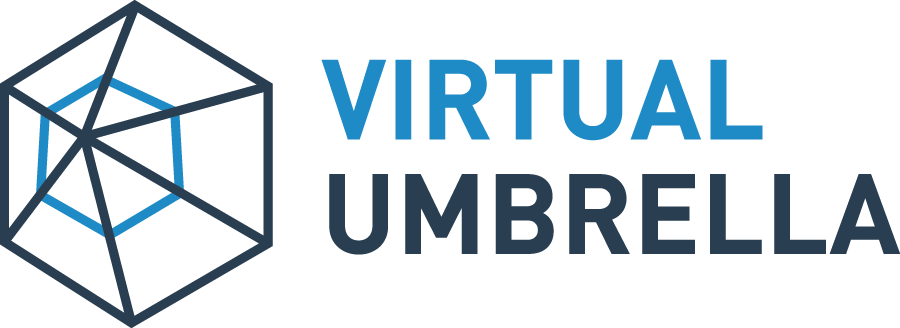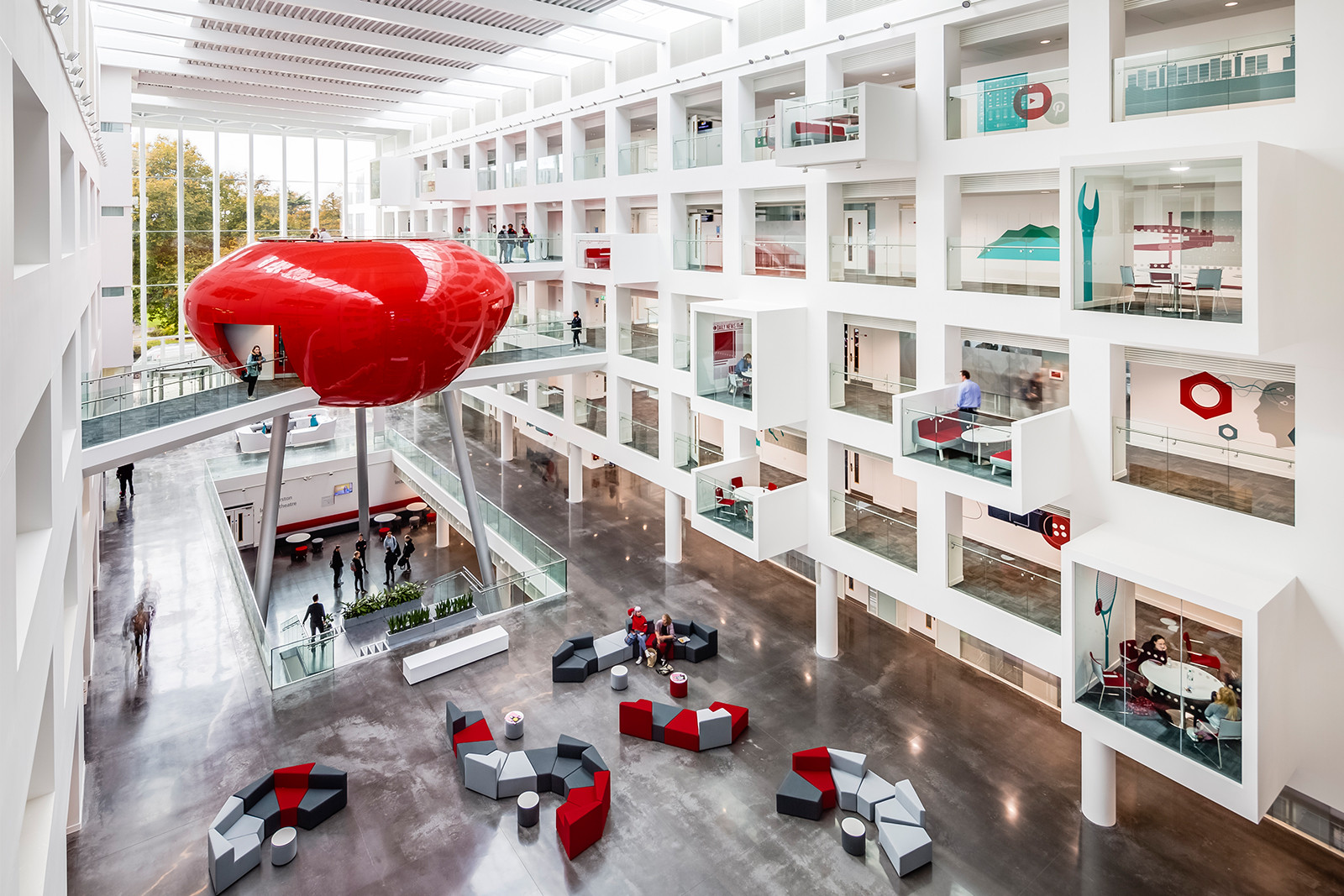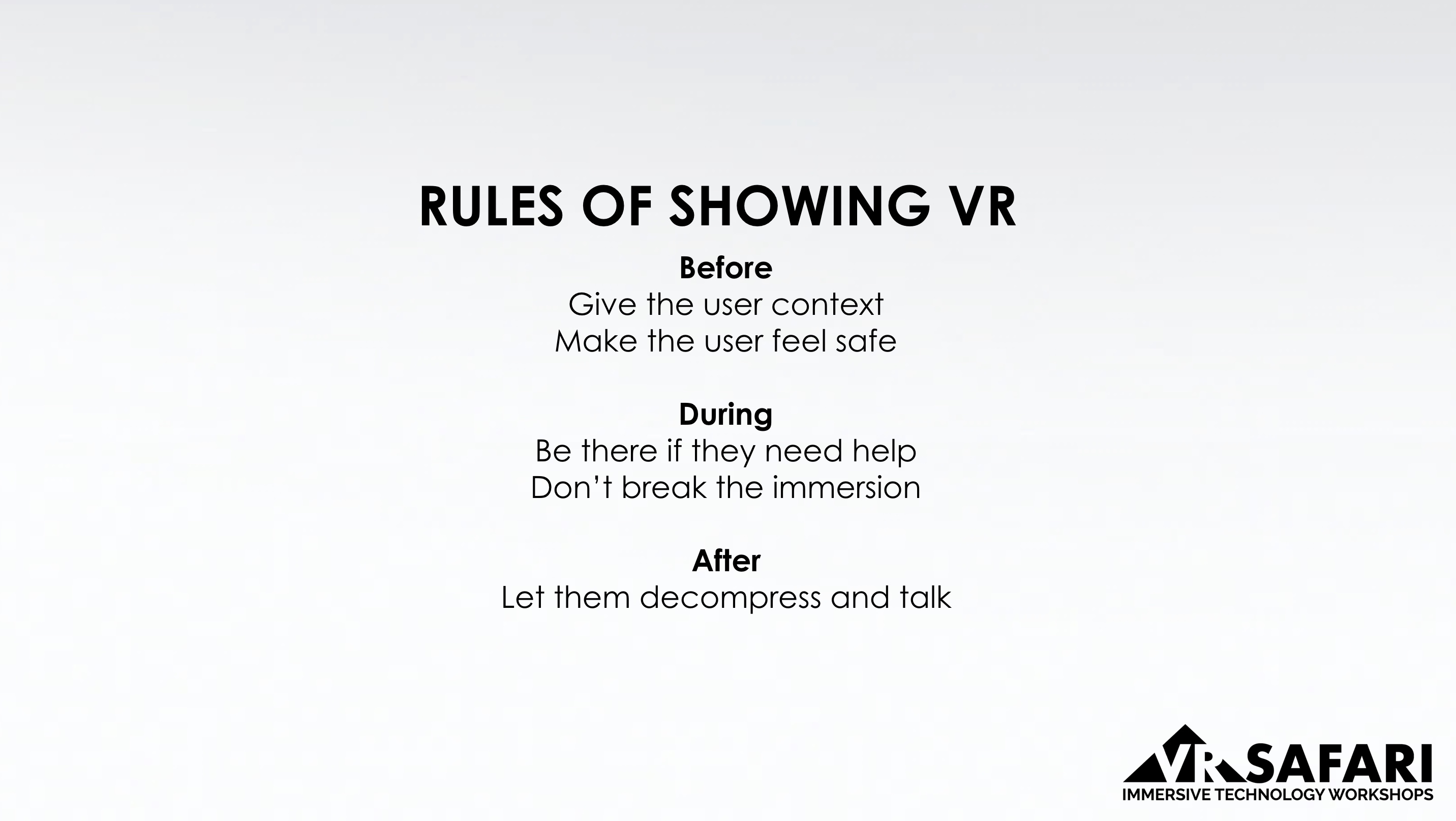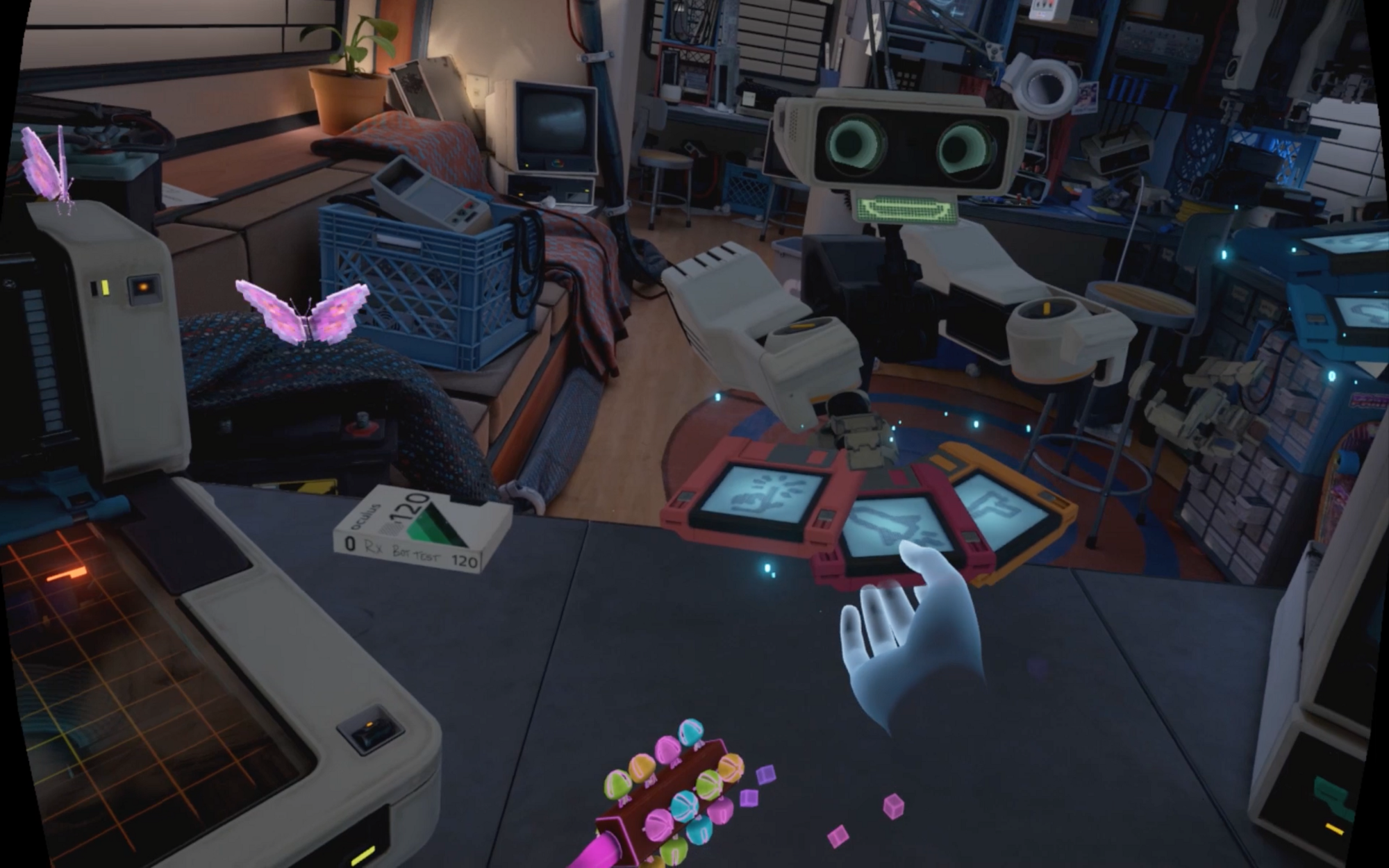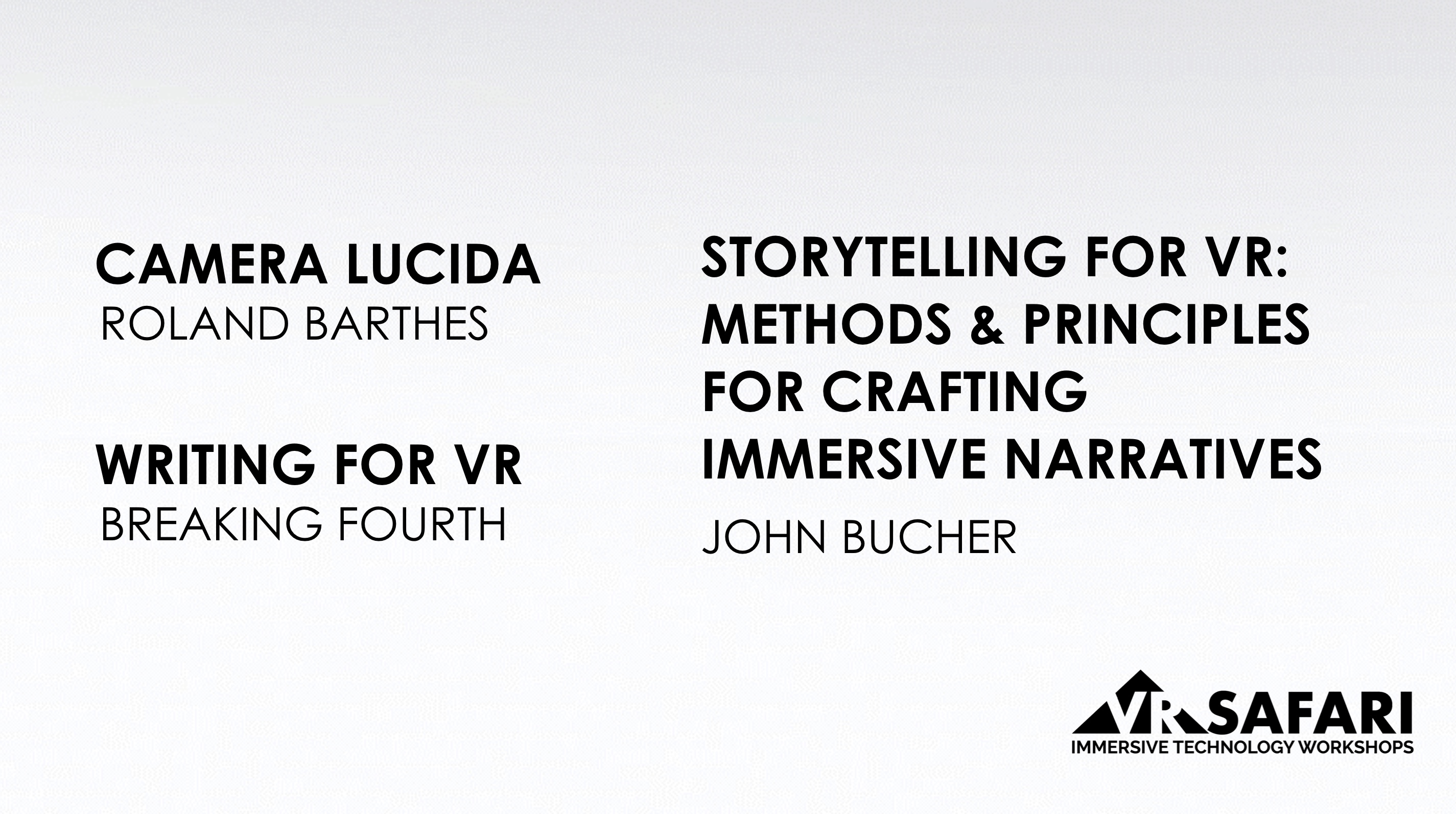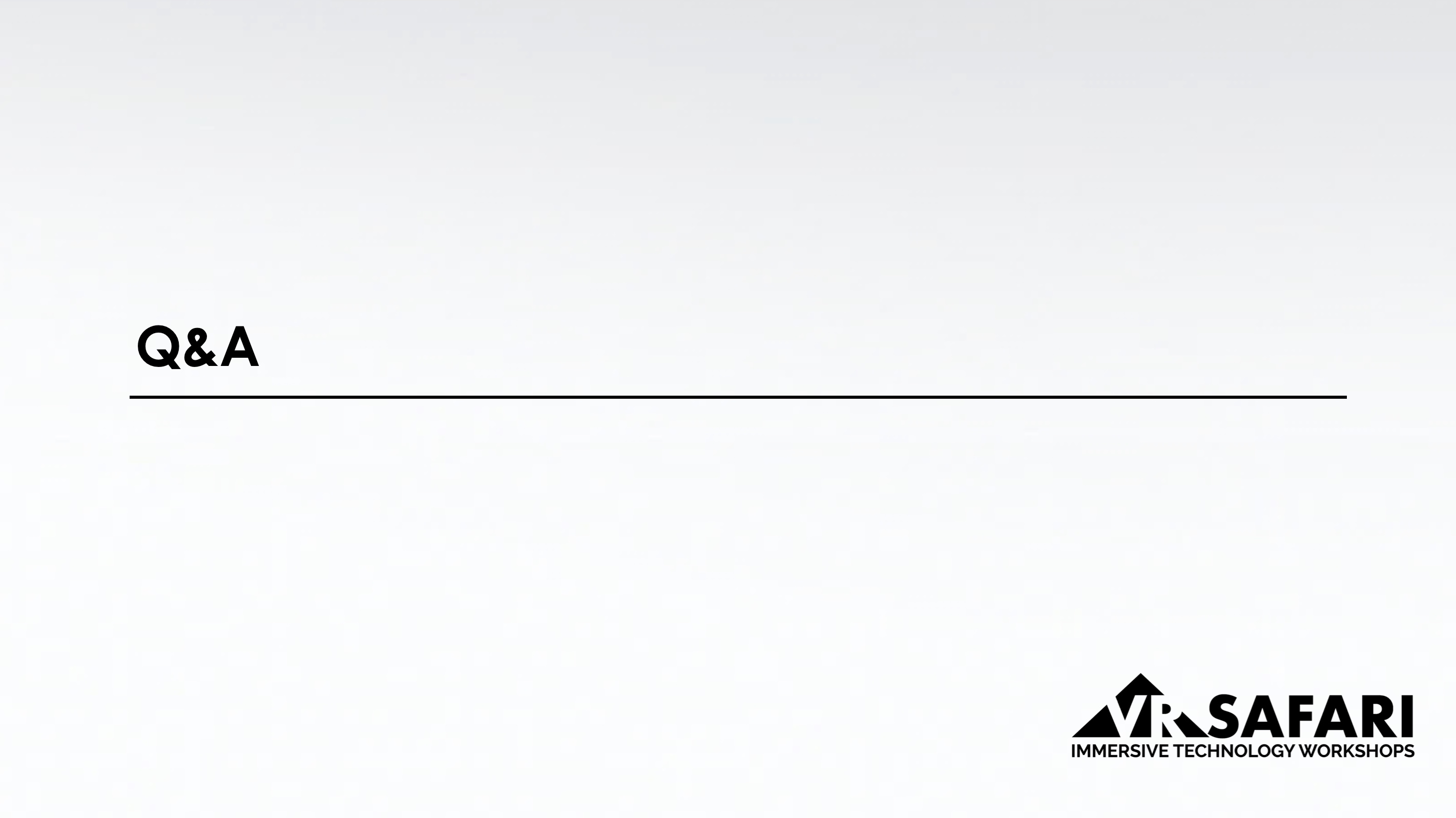Guest Workshop at Solent University – An Intro to VR
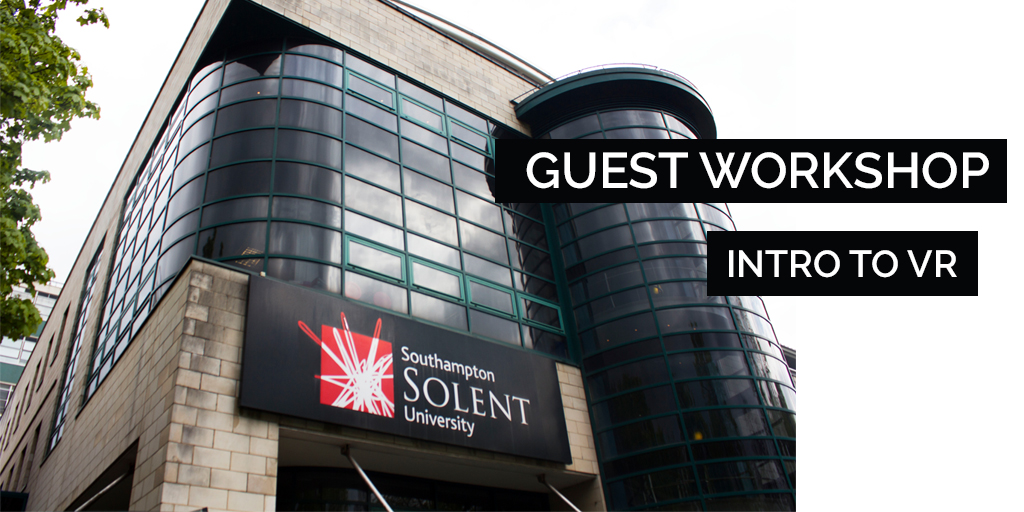
The world of VR needs to be constantly expanding if it’s going to attract the best people in the biz. To keep finding new talent and forge new pioneers, it’s important that established VR experts help newbies enter and understand our industry. Not just understand it, get excited about it – think of awesome new things we could do with it.
So, when we were asked to give a day-long guest workshop at Solent University on ‘An Introduction to VR’, we leapt at the chance to help educate students on virtual reality. It’s so exciting to share immersive technology with someone for the first time, watch their reactions, and see them open up to all the amazing possibilities this tech can offer – whether it’s academic, artistic, professional, or technical. Plus, having given many workshops of this type before as part of VR Safari, we know how rewarding the process is.
We ran the workshop this January, with Bertie, Lily, and Violet leading the day’s events. There was lots to cover but we decided on the following aims. The students should:
- Gain insight into the immersive technology industry as a whole – the major players, the difference between VR, AR, 360, and the potential it holds for the future.
- Discover and understand some of the central formal differences between film and VR storytelling techniques (in particular, the importance of the frame).
- Get a basic understanding of theoretical approaches towards narrative, framing, and immersive technology.
- Think creatively around the narrative limitations of 360 experiences, and get excited about the development of a new storytelling language for VR.
- Get hands-on experience in using virtual reality.
- Get creative with 360 technology.
- Go away with informed recommendations about how to learn more about virtual reality and the immersive technology industry.
This meant splitting the day between some more formal ‘lectures’ and a series of kick-ass practical tasks and challenges. In particular, we knew it was important that we backed up any theory or abstract concept we taught with some good old fashioned demos to make sure everything we said could translate into real, practical insights.
It went like this:
First, we arrived at the Spark Building. It was really cool to return to Solent University where Bertie studied. And the location looked pretty snazzy!
After that, we took some time to get to know the students over a quick coffee and an intro from Lily and Violet, snd Bertie led a short lecture on the Do’s and Don’ts of VR, introducing key concepts and stats. The students hadn’t had much experience with VR before, but they were quick to pick things up and start asking questions.
After that, Lily ran 1 1/2 hours of practical demos with the Oculus Rift and Touch controllers, allowing the students to try out a series of VR experiences for themselves. She was on-hand throughout as technical support, a guide for the students, and to answer any questions they might have while trying out the tech. Student-favourite experiences turned out to be First Contact and Robo Recall, although we also made sure to point out the full range of experience types and genres available.
Meanwhile, Violet and Bertie ran an informal careers-session for the students as they each waited for their turn to demo. Although it was important for us to cover technical issues, we knew it was essential that these students get some insights into the professional sphere of VR too – how do you find a job in VR? What kinds of skills do you need? What resources are available to VR newbies? Which companies are great at welcoming new graduates? In particular, we tried to stress the importance of being self-directed. In such a new industry, there is more and more need for VR professionals to take risks and push the boundaries rather than relying on what’s already been established. We made sure they had all the best tips and tricks for how to get going with creative VR projects and collaborations.
Next up, Lily and Violet gave a lecture on ‘VR Storytelling’. Specifically, they focused on some of the challenges of crafting a story when your audience can experience it in 360 degrees.
“One of the important differences between VR and filmic storytelling that we want to highlight is the use of the FRAME.
In film, whether you work on camera or off, it’s pretty much the one thing that remains consistent. Your work is always going to be displayed in that rectangular shape – through a camera monitor, a cinema screen, a tv screen, an ipad screen, whatever. And you’re always going to have control over what goes into that frame. What can the audience see? Which characters are visible? Is it a close up? A two-shot? A wide.
You’ve got control over all of these different elements. And each individual frame or shot then adds up to your broader story – kind of like a jigsaw puzzle.
Now, in virtual reality, the complete opposite is true. Instead of piecing together like a complicated jigsaw, most VR stories are told in long continuous segments. And, by operating in 360 degrees, it takes the whole of idea of traditional framing and pretty much throws it out of the window. There’s a pointed lack of control over where the audience is looking, and what they can see. They can look where they want.
VR, then, is, in a sense, frameless. And so its method of storytelling is in so many ways the complete opposite of what we see in cinema.
How, then, do we make stories in VR? What can we do to keep control over what’s being seen? What do we need to keep in mind?”
To help the students explore this further, Lily and Violet then ran a series of practical tasks, helping the students to ‘translate’ famous film shots into sequences that would excel in a 360 format. They also recommended some helpful further reading, in case the students wanted to expand their knowledge in their own time.
Next, Bertie challenged the students to make a 360 film in less than 2 hours! He began by giving them an extended breakdown of the 360 camera – how does it work? What kind of software do you need to edit 360 footage? Then, we let the students go wild with the tech across Southampton, challenging them to capture the spirit of the city in their film! As soon as they returned from filming, Bertie acted as a facilitator throughout the editing process, helping the students to render and edit their work.
The results were pretty awesome! The students could view their handiwork in a Gear VR headset and put all of their knowledge to the test. It was really great to see how our lectures had influenced their approach to the filming/directing/editing process, helping them to shape their work into something really thoughtful and creative.
Last but not least, we finished the day with a Q&A, allowing the students to pick our brains on anything from ‘why did you choose to work in VR?’ to ‘do you think Black Mirror is gonna be real next year?’. We loved hearing their take on VR and getting to know them more personally as aspiring VR creatives.
It was such a great day and we were really happy to have had the opportunity to share our expertise with Solent Uni students.
We hope to do more educational workshops like this in the future, so if you’d like to see us at your uni please get in touch at: samantha@virtualumbrella.marketing.



